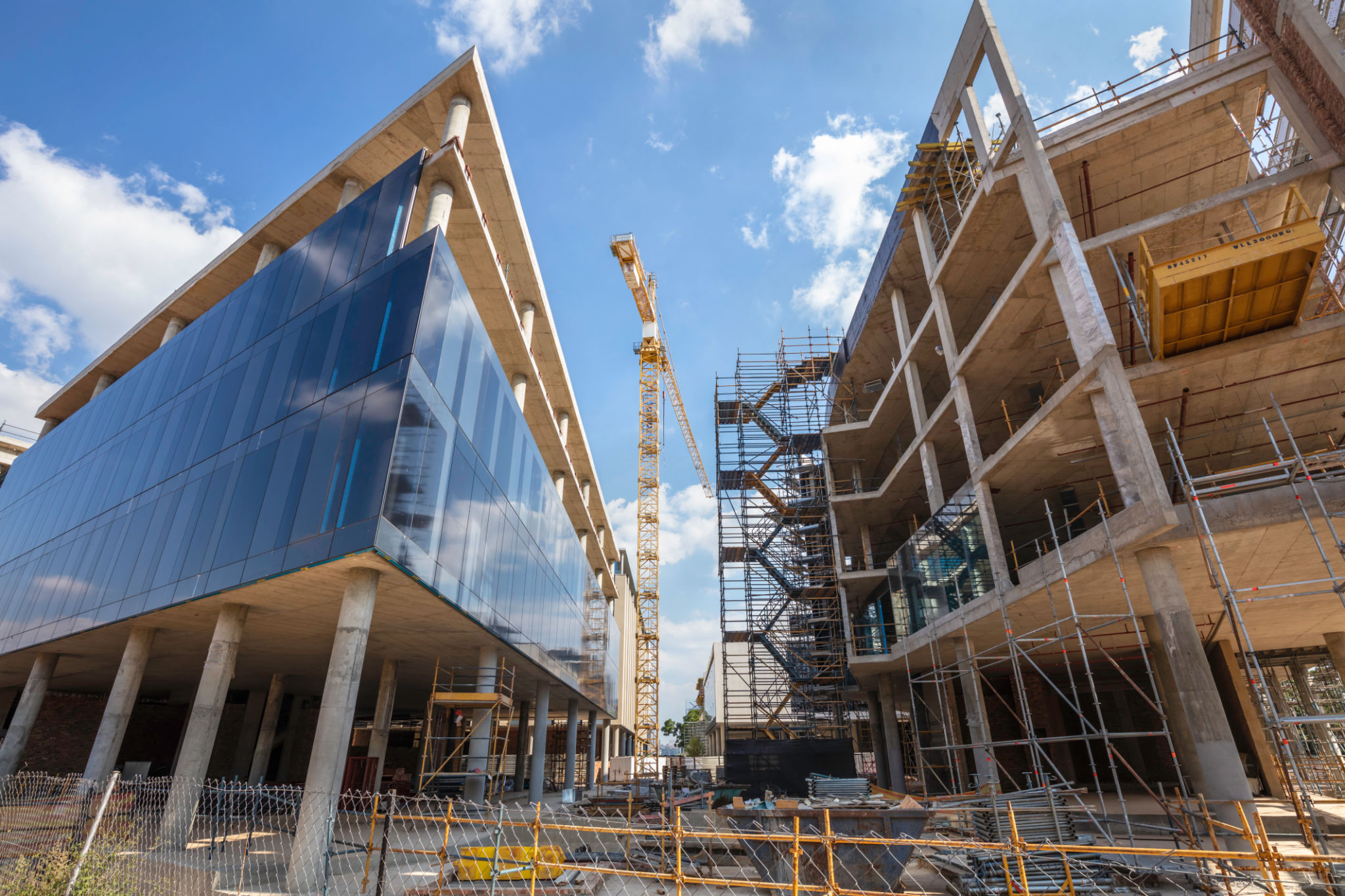How Timber Frame Homes Stand Up to British Weather
Understanding Timber Frame Homes
Timber frame homes have been a popular choice for centuries, offering a blend of aesthetic appeal and structural integrity. In the context of British weather, these homes stand out due to their unique construction methods and materials. But how exactly do they hold up against the unpredictable and often harsh weather conditions in the UK?

The Strength of Timber Frames
The primary strength of timber frame homes lies in their ability to flex without cracking, a feature that is crucial in withstanding high winds and heavy rains. Unlike rigid materials, timber frames can absorb and dissipate energy, making them resilient in the face of storms. This flexibility ensures that the structural integrity of the home remains intact, even during extreme weather events.
Moreover, timber is a natural insulator, contributing to the energy efficiency of the home. This means homeowners can enjoy reduced heating costs during the cold British winters. The thermal properties of timber help in maintaining a comfortable indoor climate, regardless of the external weather conditions.
Weatherproofing Techniques
To enhance their durability, timber frame homes often incorporate additional weatherproofing techniques. For instance, the use of breathable membranes allows moisture to escape while preventing water ingress. This prevents dampness and rot, ensuring the longevity of the structure. Additionally, modern timber treatments and finishes provide further protection against moisture and pests.

Addressing Humidity and Dampness
One common concern with timber buildings is their vulnerability to humidity and dampness. However, proper design and maintenance can mitigate these issues effectively. Ventilation systems play a vital role in controlling internal humidity levels, while regular inspections ensure early detection of any potential problems.
Timber frame homes also benefit from being elevated from the ground, reducing direct contact with soil moisture. This design choice is particularly beneficial in areas prone to flooding or high groundwater levels.
Enduring Aesthetic Appeal
Apart from their structural advantages, timber frame homes are cherished for their timeless aesthetic appeal. The natural beauty of wood adds warmth and character to any property, making these homes highly desirable. In the UK, where traditional architectural styles are valued, timber frames can seamlessly blend with both modern and classic designs.

Environmental Considerations
Timber frame homes are also an environmentally friendly choice. Timber is a renewable resource, and when sourced sustainably, it has a lower carbon footprint compared to other building materials. This aligns with the growing emphasis on eco-friendly construction practices, making timber frames a responsible choice for environmentally conscious homeowners.
Furthermore, timber's ability to sequester carbon contributes to reducing overall greenhouse gas emissions. By choosing timber frame construction, homeowners can play a part in mitigating climate change impacts.
The Future of Timber Frame Homes in the UK
As awareness of climate resilience grows, the popularity of timber frame homes is likely to increase. Their ability to adapt to changing weather patterns without compromising on comfort or aesthetics makes them a viable option for future-proof housing. With advancements in technology and construction methods, timber frame homes are set to become even more robust and sustainable.
Ultimately, timber frame homes not only withstand British weather but thrive in it, offering a perfect blend of tradition and innovation for discerning homeowners.
